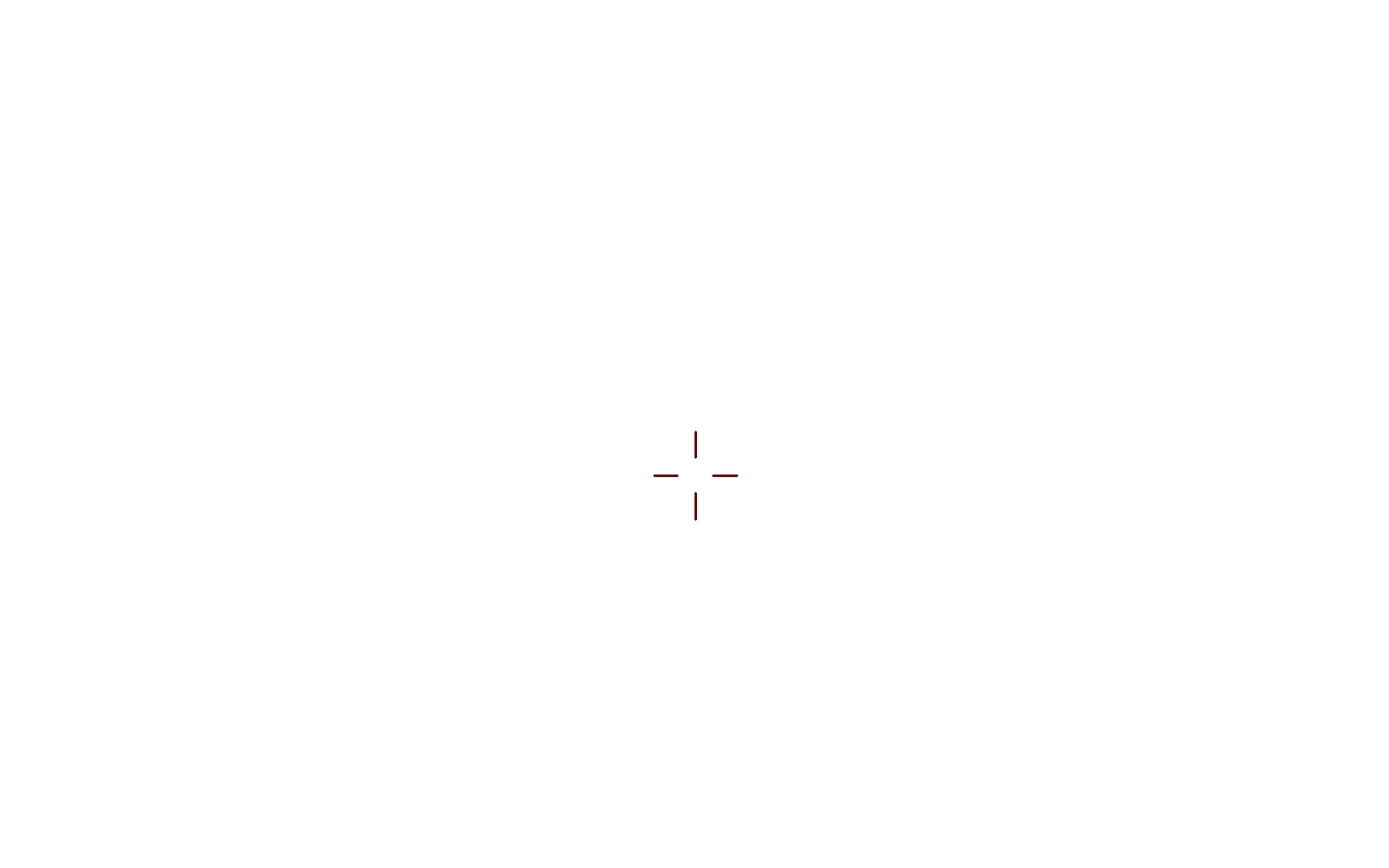

In 1988, Polaroid introduced Spectra film with a 9.2 × 7.3 image size more suited to the 4:3 aspect ratio of CRT screens.īuilt-in screenshot functionality Polaroid film was popular for capturing screenshots, because of the instant results and close-focusing capability of Polaroid cameras. Screenshot kits were available for standard (film) cameras that included a long antireflective hood to attach between the screen and camera lens, as well as a closeup lens for the camera. Most screenshots are raster images, but some vector-based GUI environments like Cairo are capable of generating vector screenshots. Systems with composite video output could be connected to a VCR, and entire screencasts preserved this way. Some systems had a BSAVE command that could be used to capture the area of memory where screen data was stored, but this required access to a BASIC prompt. Sometimes text-only screens could be dumped to a text file, but the result would only capture the content of the screen, not the appearance, nor were graphics screens preservable this way. Through the 1980s, computer operating systems did not universally have built-in functionality for capturing screenshots. The first screenshots were created with the first interactive computers around 1960. Or, drag in the preview image to change it.Screenshot techniques Digital techniques Right-click the preview to change the image in User-defined content. This is a preview of the selected component.
#OVERLAY PNG IMAGES IN PANO2VR HOW TO#
We use it to provide instructions on how to use components, for example. Tags added here will show up in the Tags menu in the Filter section.ĭescription – Add information about the component, icon, or animation you find necessary. Title – The title of the component, icon, or animation.Īuthor – Give credit to the person who created the component, icon, or animation. However, any user-defined content can have its information changed. Built-in content information cannot be changed. This section provides information about the selected content. Reset Filter – Click to clear all filters. Tags – Filter the components with any tags. Text added to the Information section is searchable. Text – Filter the components with any text string. You would then see all components that include the text, template, and are tagged Silhouette. You can use Text or Tags or both to filter.įor example, if you want to find all Silhouette components that use Hotspot Templates, you can type, template for the Text and select Silhouette for the Tag. Select multiple categories by doing any of the following:Ĭontrol-click or Command-click on the categories.Ĭlick the Select All Categories button above the categories.įiltering is helpful for finding specific components. User-defined content can be moved to other categories by dragging them into the category. The default categories are marked with a star and cannot be removed. You can add (green plus) and remove (red X) categories. Use the file suffixes, _o or _over for mouse over states and _a or _active for the active state:Ĭategories provide a way to organize the content. Icons that have multiple states can be treated as a single icon. PNG, GIF, animated PNGs, and WebP formats are supported and will be added to the Icons tab.ĭrag icons and animations to their respective tabs to add them to the toolbox or to other categories. Remove a component, icon, or Lottie file by selecting it and hitting the Delete key. Click on a component, icon, or animation to select it and have its information shown in the sections to the right. Use the thumbnail slider in the lower right corner to change the thumbnail size of the grid. The Toolbox holds components, icons, and Lottie files. The Toolbox is sectioned into the following parts. Components Toolbox Interface The Components Toolbox


 0 kommentar(er)
0 kommentar(er)
